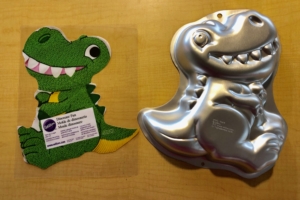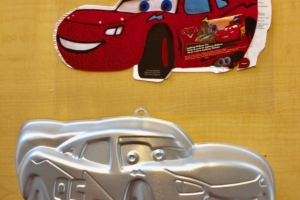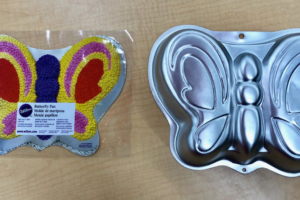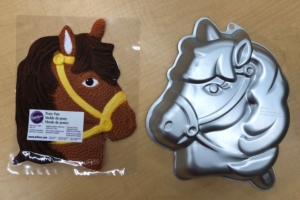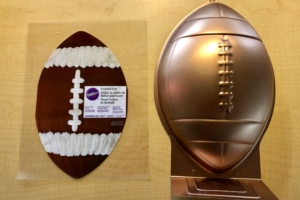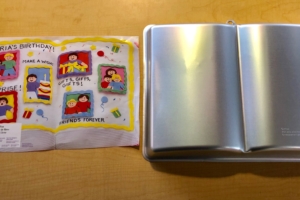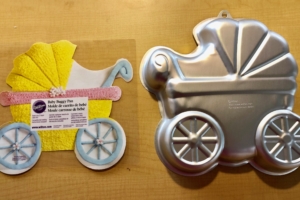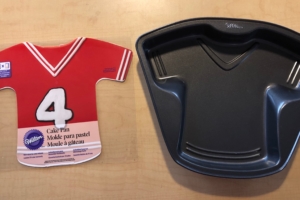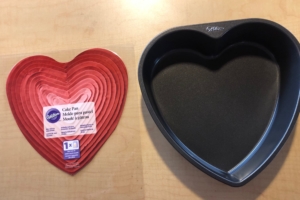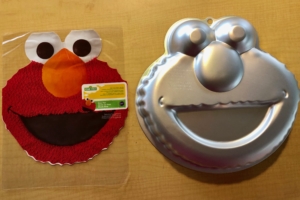Moomin: The Complete Tove Jansson Comic Strip (Volume 1) is a collection of four short stories, consisting of newspaper comic strips originally published in the 1950’s. Despite the format, these are not gag strips, where each strip sets up and delivers a punch line. On the contrary, this a narrative strip; what we might today call a “graphic novel”. In the tradition of classic comic strips like Popeye’s Thimble Theatre, it mixes adventure with comedy, but the focus here is very much on often-whimsical satire.
To the extent that the Moomin characters have been known in the US at all, it is primarily from a series of children’s books that Jansson started years before the comic strip originated. Although the comic strip focuses on the same family of hippo-like “trolls” and their large supporting cast, from the beginning it was expressly aimed at adults rather than children. In a letter inviting her to write the strip, editor Charles Sutton suggested that she use it “to satirise our so-called civilised lifestyle.” Correspondingly, Jansson’s stories in these strips took on a much more biting tone than before. And with great success. Among the topics Jansson skewers, in no particular order, are: importunate guests, get-rich-quick schemes, self-help books, the lifestyles of the rich and famous, vegetarianism (a hunter sighs as she recalls her membership in a “Pity the Dumb Beasts Association”), romance (Moomin’s girlfriend casually takes leave to try her chances with various more-glamorous-seeming opportunities), and modern art in the Jackson Pollock era. Despite the age of the strips, the humor still feels remarkably fresh.
At times, the humor in Moomin derives from the titular character’s lack of assertiveness, in a way that is reminiscent of Peanuts’ Charlie Brown (another strip that originated in the 1950’s). Moomin is unable to ask unwanted guests to leave his house, so he invites in a creature with an unbearable scent, named Stinky, to scare them away. Despite accomplishing this mission successfully, Moomin ultimately loses his house when Stinky takes a liking to its taste and eats it, despite Moomin’s futile offering of pancakes as an alternative. Jansson takes her strip to peaks of absurdity that are less common in Peanuts. But there is also an optimistic undercurrent to the strip that further differentiates it from Peanuts: there is no Lucy-pulling-away-the-football-before-Charlie-Brown-can-kick-it for the millionth time. As Moomin’s father, Moominpappa, exclaims, “With imagination and faith all problems will be solved!” This phrase could serve as a motto for the Moomins. Typical plots involve the Moomin family going on poorly thought-out (mis)adventures, egged on by Moominpappa and his nostalgic recollection of his youth. Although inevitably there are near-tragic consequences, their steadfast creativity, along with amazing luck, tend to deliver them safe and sound in the end (much to the disappointment of the naysayers in their midst, such as the stodgy “Professor”). In this way the strip endorses a kind of bohemian spontaneity, which, as this volume’s notes imply, closely mirrors that of Jansson’s family in her childhood.
Sadly, over time Tove Jansson grew tired of the rigorous schedule required to publish a newspaper comic strip, and started including her brother Lars in writing and drawing. Eventually she retired and handed the reigns completely over to him, leaving her free to pursue her many other interests, including painting and writing novels for adults. But fortunately for fans of her brilliant comic strip work, Jansson’s complete work on Moomin, from the time when she was directly involved as a creator, has been republished. This is the first of five volumes, with further volumes featuring her brother’s work.
Check availability on Moomin: The Complete Tove Jansson Comic Strip (Volume 1)
Check availability on Moomin: The Complete Tove Jansson Comic Strip (Volume 2)
About the reviewer: Travis works at the circulation desk at Tredyffrin Public Library. He can be occasionally seen playing instruments in Library musical productions. His interests include gardening, arboriculture, and learning languages (human and otherwise).


